Blending the sexy with the serious, Constitution Center presents full story of Prohibition
-
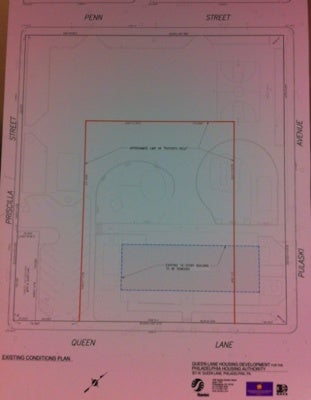
<p>Red area is the Potter's Field, blue rectangle is the existing building footprint. (Amy Z. Quinn/for NewsWorks)</p>
-
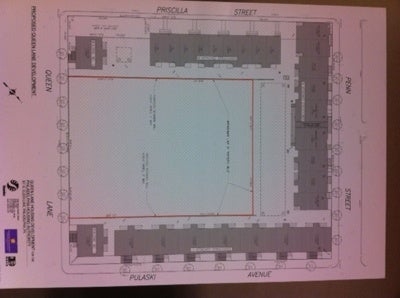
<p>Survey showing Potters Field and proposed houses. (Amy Z. Quinn/for NewsWorks)</p>
-
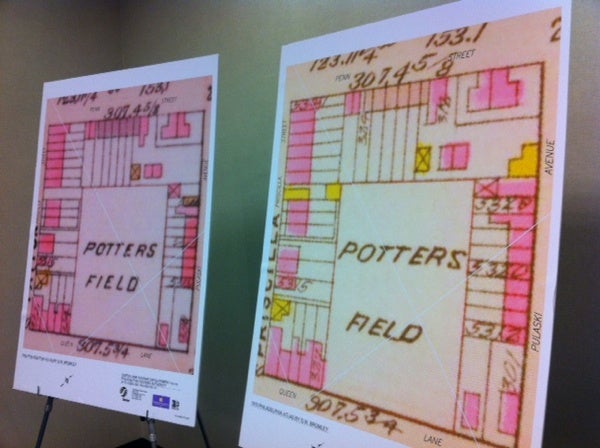
<p>Historic maps show the Potter's Field with houses and buildings fronting on the streets surrounding it, similar to the current PHA plan. (Amy Z. Quinn/for NewsWorks)</p>
-

<p>HUD division director Monica Hawkins led an October meeting about the project, with updates from PHA officials and archeological consultants. (Amy Z. Quinn/for NewsWorks)</p>
-

-
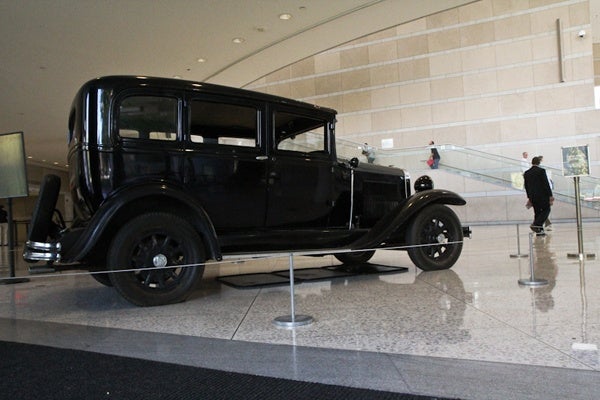
-

-

-

-
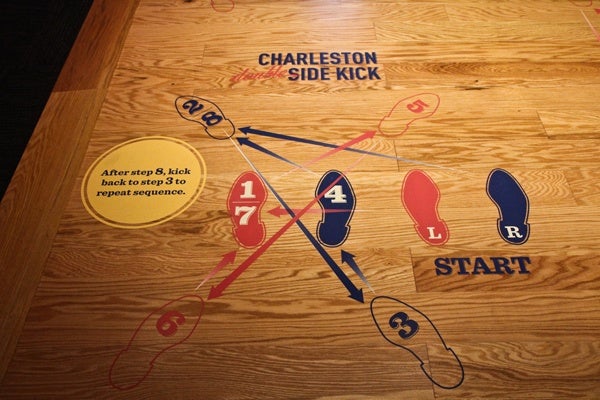
-

-

-

-

The National Constitution Center in Philadelphia has a new way of designing museum exhibitions. It just rolled out its first example.
“American Spirits: The Rise and Fall of Prohibition” traces the constitutional and cultural impact of the brief period when alcohol was outlawed in the United States.
With several immersive gallery rooms, visitors are able to step inside a temperance church where the national movement to go dry first gained traction, and a speakeasy where the 18th Amendment to the Constitution was openly flouted.
Ultimately, that teetotalling experiment failed.
“Mabel Walker Willebrandt, who was the assistant attorney in charge of enforcement, said, ‘Prohibition hasn’t failed — we haven’t tried it yet,'” observes historian and curator Daniel Okrent, author of “Last Call: The Rise and Fall of Prohibition.”
“That was in 1929, after nine years of Prohibition,” he said. “The enforcement never worked.”
The era of Prohibition saw the most constitutional activity in America, second only to the document’s birth. Between 1913 and 1920 there were four amendments; three were interrelated. The 16th Amendment (1913) established a federal income tax, which freed the government from its reliance on alcohol tax revenues. The 19th Amendment (1920), establishing women’s right to vote, grew directly out of the political strength women garnered from abolition.
The ax handle used by temperance crusader Carrie Nation to hack her way through saloons — destroying windows, mirrors, and barrels of beer — is on display, along with a multimedia immersion of what one of those saloons may have looked like.
Visitors can learn the Charleston on a dance floor marked with foot decals; brush up on cocktail recipes laminated into a bar top; and check out sequined flapper dresses. The can also take their picture in a mugshot lineup alongside Al Capone and Lucky Luciano.
Portable exhibit bound for other venues
The floor, the bar, the lineup, a ladies powder room, and everything else in the exhibition is designed to be easily taken down, boxed up, and reassembled in another city.
That portability is the part of the Constitution Center’s new vision. Facing a $4 million deficit, the center wants to do more than sell tickets. It wants to license its intellectual properties. The $1.5 million exhibition was funded by $500,000 from the National Endowment of the Humanities, and more than $1 million in fees paid by other museums around the country that will display the exhibition after its Philadelphia debut.
“So we basically covered our costs before we’re opening the door and doing our up-sell,” said CEO David Eisner.
The marketability of the Prohibition exhibit hinges on its ability to deliver both entertainment and constitutional insight. Toward that end, curator Stephanie Reyer created “Wayne Wheeler’s Amazing Amendment Machine,” a 20-foot-long mechanical contraption that uses cartoonish paper cutouts to show how the Anti-Saloon League lobbyist pushed an unlikely concept into national law. The machine would not look out of place in a fin de siecle sideshow circus.
“This is a very sexy topic, and it is not difficult to make sequins fun and sexy, and the Charleston and the speakeasy and organized crime all the thing people come to expect,” said Reyer. “But for us, one of the most important lessons we have to teach is the amendment process. It’s typically more boring — or difficult to teach, so we really tried very hard to make it engaging and alive and fun for people to understand it.”
Reyer says many institutions across the country have a mission similar to that of the Constitution Center — to present complicated issues from American history to a public which demands to be entertained. Those institutions are willing to pay it.
WHYY is your source for fact-based, in-depth journalism and information. As a nonprofit organization, we rely on financial support from readers like you. Please give today.




